
Existing models that attempt to explain the formation of the solar system have assumed it to be average in every way. But a new study by Northwestern University astronomers using recent data from the 300 exoplanets discovered orbiting other stars turns that view on its head and indicates that solar systems like our own are likely quite rare.
Using large-scale computer simulations, the Northwestern researchers are the first to model the formation of planetary systems from beginning to end, starting with the generic disk of gas and dust that is left behind after the formation of the central star and ending with a full planetary system. Because of computing limitations, earlier models provided only brief glimpses of the process.
The researchers ran more than a hundred simulations, and the results, published inScience, show that the formation of something like our solar system required conditions to be “just right.”
Before the discovery in the early 1990s of the first planets outside the solar system, our system’s nine (now eight) planets were the only ones known to us. This limited the planetary formation models, and astronomers had no reason to think the solar system unusual. “But we now know that these other planetary systems don’t look like the solar system at all,” said Northwestern theoretical astrophysicist Frederic A. Rasio. “The shapes of the exoplanets’ orbits are elongated, not nice and circular. Planets are not where we expect them to be. Many giant planets similar to Jupiter, known as ‘hot Jupiters,’ are so close to the star they have orbits of mere days. Clearly we needed to start fresh in explaining planetary formation and this greater variety of planets we now see.”
The simulations suggest that an average planetary system’s origin is extremely dramatic. The gas disk that gives birth to the planets also pushes them mercilessly toward the central star, where they crowd together or are engulfed. Among the growing planets, there is cut-throat competition for gas, a chaotic process that produces a rich variety of planet masses.
Also, as the planets approach each other, they frequently lock into dynamical resonances that drive the orbits of all participants to be increasingly elongated. Such a gravitational embrace often results in a slingshot encounter that flings the planets elsewhere in the system; occasionally, one is ejected into deep space. Despite its best efforts to kill its offspring, the gas disk eventually is consumed and dissipates, and a young planetary system emerges.
“Such a turbulent history would seem to leave little room for the sedate solar system, and our simulations show exactly that,” said Rasio. “Conditions must be just right for the solar system to emerge.” Too massive a gas disk, for example, and planet formation is an anarchic mess, producing “hot Jupiters” and noncircular orbits galore. Too low-mass a disk, and nothing bigger than Neptune – an “ice giant” with only a small amount of gas – will grow.
“We now better understand the process of planet formation and can explain the properties of the strange exoplanets we’ve observed,” Rasio added. “We also know that the solar system is special. The solar system had to be born under just the right conditions to become this quiet place we see. The vast majority of other planetary systems didn’t have these special properties at birth and became something very different.”
Related:
Solar System’s “Bouncing” Linked To Mass Extinction Events
Plenty Of Earth-Like Planets Out There, Say Astronomers
An Exoplanet With Liquid Water?

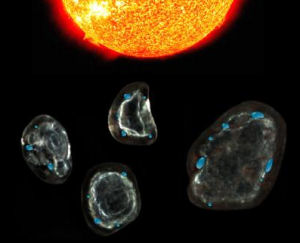
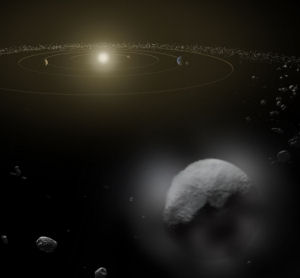
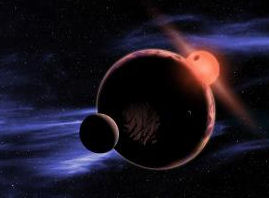

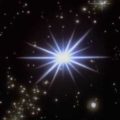
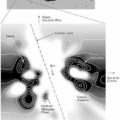


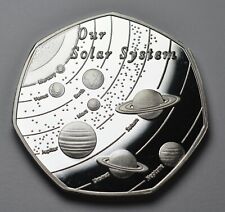


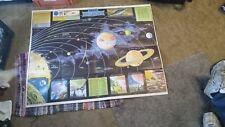


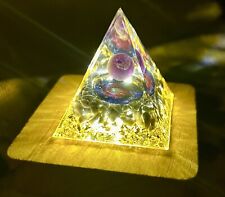


Comments are closed.